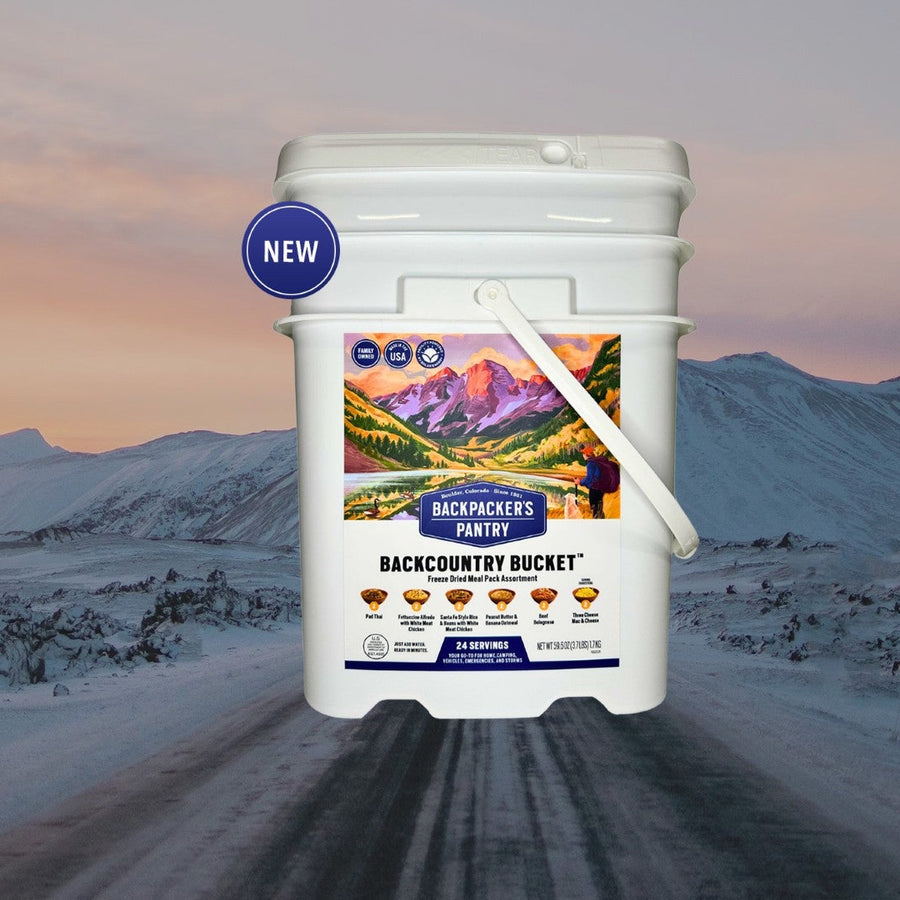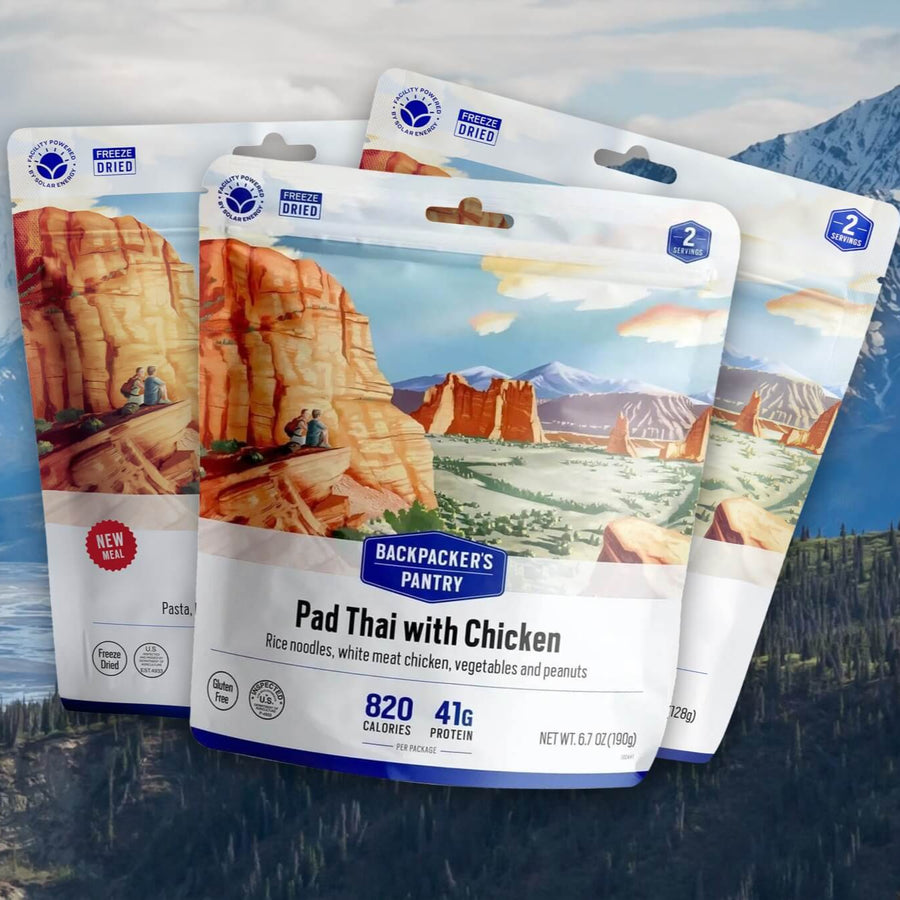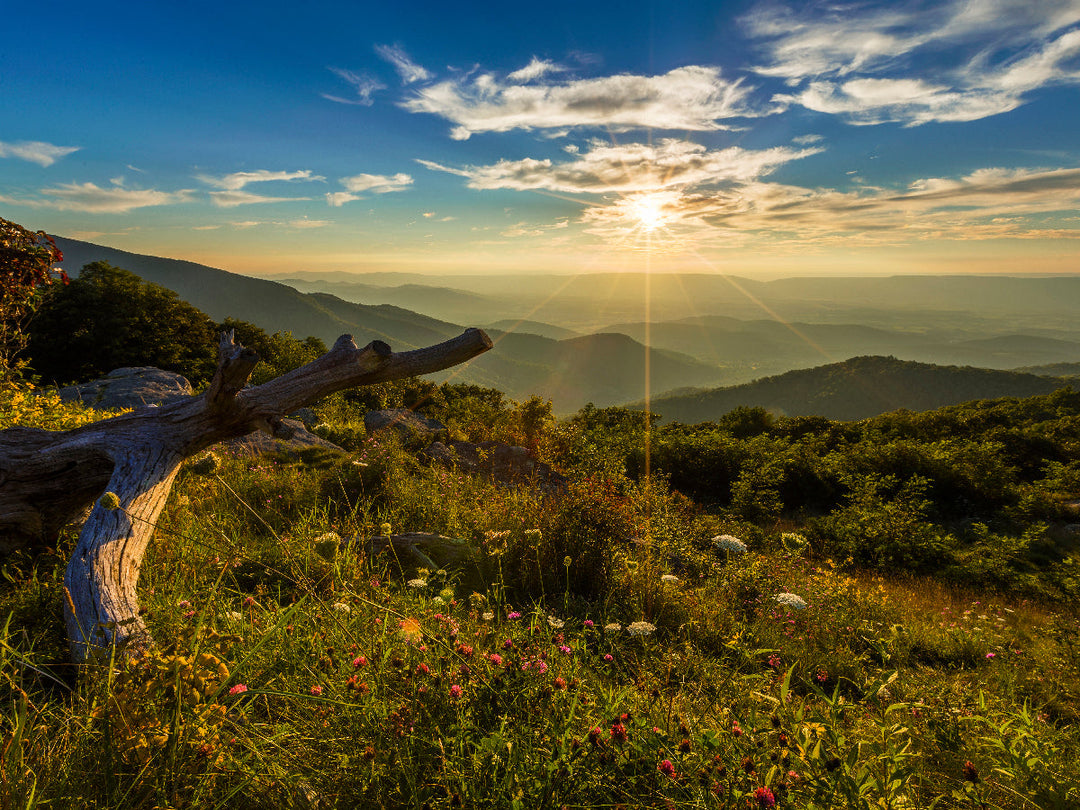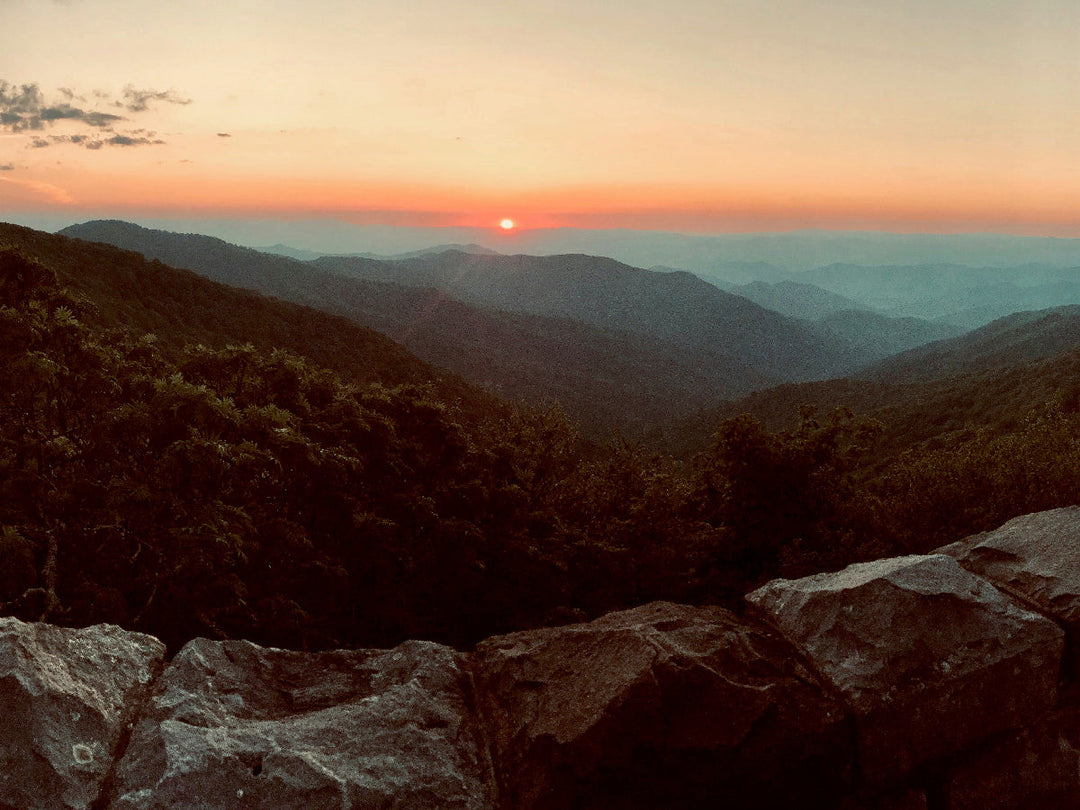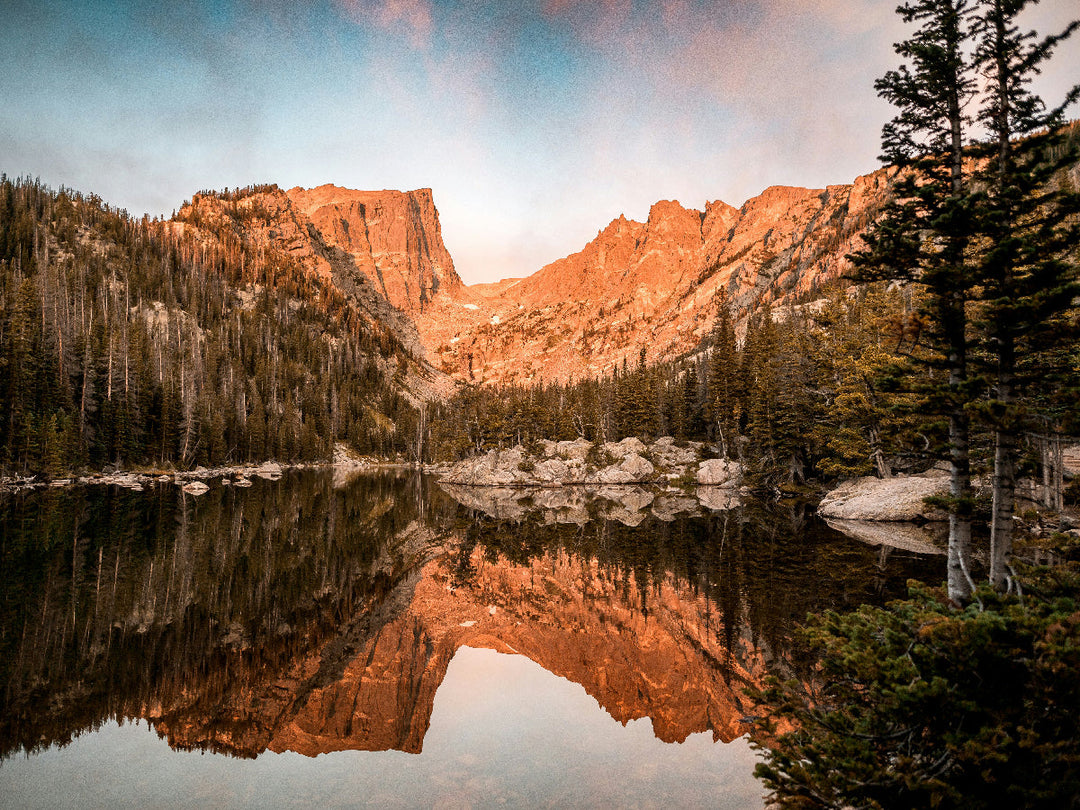Best Backpacking Trips & Routes in Rocky Mountain National Park
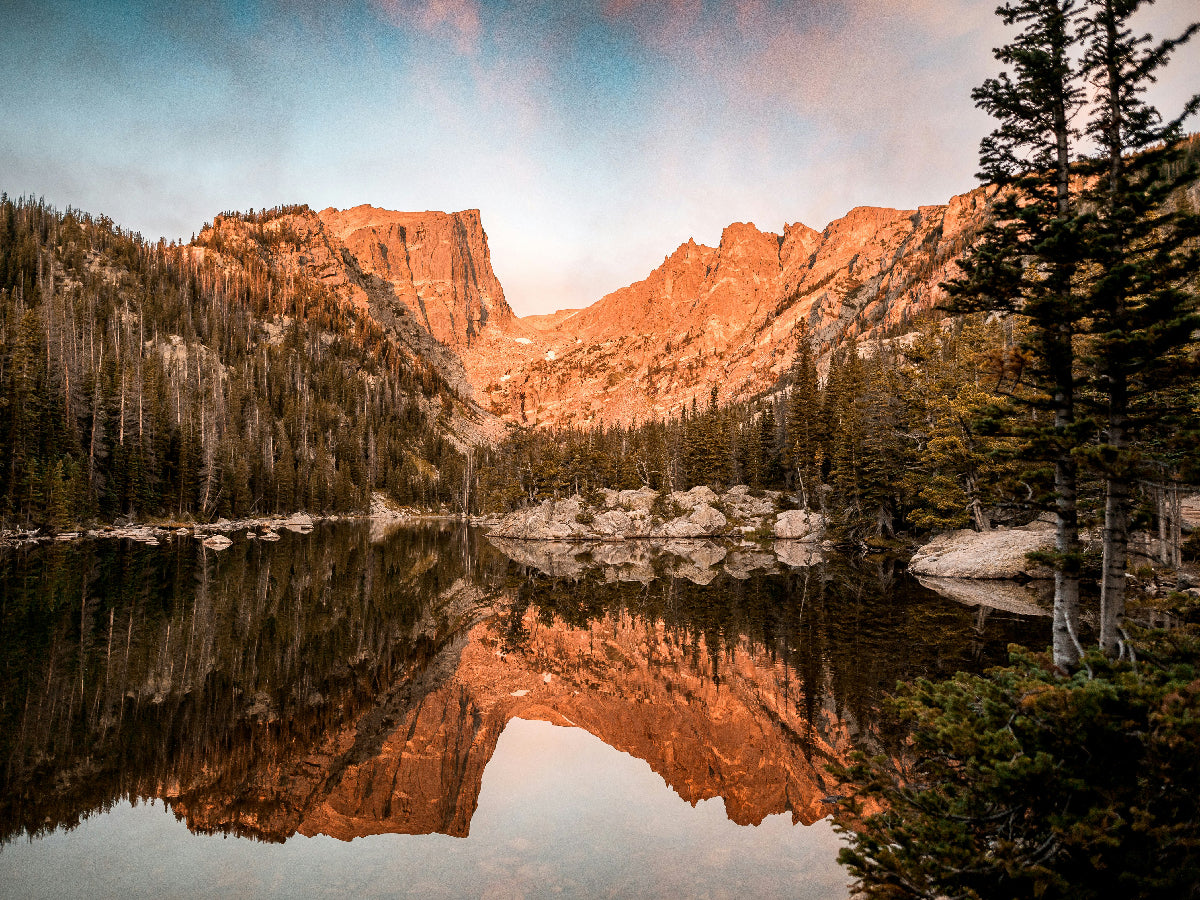
There’s a whole spectrum to experiencing Rocky Mountain National Park. Sure, you can just drive, or ride the bus through the park, take in some views, and maybe see some wildlife if you get lucky. If you want to be a little more immersed, take a hike, check out the sights, and actually get out and touch the mountains. But, if you really want to experience the best of RMNP, you need to get out and sleep in it. Backpacking is absolutely the best way to get to know this park.
It’s not just about the views, although they’re incredible, and plentiful. It’s not just about the wildflowers and trees, although yes, they’re spectacular. It’s not just about the native animals, even though the elk are predictably majestic. Instead it’s about that full combination, raw nature, begging to be explored.
So schedule your trip to Rocky Mountain National Park. Pay your entrance fee, or use these tips to get in for free, and start figuring out the best areas in the park to go backpacking. We’ve put together this guide to help you find the best backpacking routes in the park, as well as figure out which distance and style of objective works best for you.
Best Overnight Backpacking Trips in Rocky Mountain National Park

Lake Verna
Description: Lake Verna is a stunning lake with incredible views of the mountains, and a long, complicated shoreline which makes it easy to find a secluded place to relax, and maybe fish. You can also check out Lone Pine Lake on the way.
Mileage and Elevation: 6.9 mi, 2,045’
Difficulty (out of 10): 4
Trailhead: East Inlet
Season: July - October
Thunder Lake
Description: Thunder Lake is one of the shortest hikes on this list, which makes it a good choice for kids. That doesn’t mean it skimps on the experience though. You’ll still get a full, immersive wilderness outing, complete with views, wildlife, and a fun hike. Mileage and Elevation: 5.65 mi, 2,170’
Difficulty (out of 10): 3
Trailhead: Wild Basin
Season: July - October
Lawn Lake
Description: In 1982, a dam failed, flooding Lawn Lake. This resulted in a broad alluvial fan of wetlands that are rife with wildlife and vegetation. This is a great area for history buffs, as you can still see the failed dam, as well as the original lake bed.
Mileage and Elevation: 6.25 mi, 2,460’
Difficulty (out of 10): 4
Trailhead: Lawn Lake
Season: July - October
2-3 Night Backpacking Trips in RMNP
July Camp to Pine Martin Camp
Description: While the first day of this hike has a fair amount of mileage and elevation, once you’re at July Camp, it’s a short 2-mile jaunt to Pine Martin Camp, and you’re surrounded by beautiful sub-alpine lakes and mountains the entire time.
Mileage and Elevation: 10 mi 2,850’ Difficulty (out of 10): 6
Trailhead: Bear Lake
Season: July - October
Thunder Lake - Extended
Description: If you’re looking to sleep multiple nights at the same campsite, Thunder Lake is a great choice. It’s a short day hike from Box Lake, Eagle Lake, and Boulder-Grand Pass, making it a perfect destination for anyone seeking incredible views. Mileage and Elevation: 5.65 mi, 2,170’
Difficulty (out of 10): 5
Trailhead: Wild Basin
Season: July - October
Lawn Lake to Mt. Fairchild
Description: If you want to stand on a mountain summit, this is the route for you. Camp at Lawn Lake, before making the trek up and back down Mt. Fairchild with your day pack, before you sleep at your base camp again and then head out.
Mileage and Elevation: 12.25 miles, 3,020’
Difficulty (out of 10): 6
Trailhead: Lawn Lake
Season: July - October

Best 4+ Night Backpacking Routes
Continental Divide Loop
Description: If you’re looking for a big thru-hiking mission, check out the Continental Divide Loop. It covers a huge swath of the park, and allows you to experience the best that RMNP has to offer. This route is best reserved for experienced hikers.
Mileage and Elevation: 45 miles, 11,600’
Difficulty (out of 10): 8
Trailhead: Bear Lake
Season: July - October
Colorado River to Hitchens Gulch
Description: If you’re looking for a long, mellow trip, spend a night or two at Box Canyon before moving on Hitchens Gulch. These campsites offer great day hikes to Lake of the Clouds, Thunder Pass, and more.
Mileage and Elevation: 16.3 miles, 3,450’ Difficulty (out of 10): 7
Trailhead: Colorado River
Season: July - October
Know before you go
Backpacking trips in Rocky Mountain National Park come with lots of variables. But foremost among these is the weather. While you can hike in RMNP anytime, most of the year, it’s a bad idea. These are high elevation mountains after all, and the snowpack is deep and unpredictable. So, if you want a mostly snow-free experience, it’s best to visit between July and October. The earlier you go, the more wildflower bloom you’ll experience, and the later, the more fall foliage.
However, during those summer months, afternoon thunderstorms are common. So no matter how hot and dry it feels, make sure to bring a spare change of clothes, and make sure to get down off of high points before noon. You can keep an eye on the weather in real time through the National Park webcams.
Finally, you always need to be aware of wildlife when hiking in RMNP. Stay away from all animals, and always store all your food in a park-approved bear canister and be bear-aware. It’s on us, as visitors, to keep these wild animals wild.
What to bring on your trip
What you pack for your trip depends on what style of backpacking you want to do. Trying to move light and fast? Skip some of the accessories and strip it down. Looking to set up a base camp and do day hikes between returning to a luxurious setup? Bring it all! This blog post is a good place to start packing from, and make sure your phone is set with the best apps for backpacking.
There are a few essentials to remember when packing for a trip in Rocky Mountain National Park. It’s at high altitude, so make sure you’ve got a few ways to purify water and stay hydrated. Bring rain gear, even in the middle of summer, and always pack bug spray and sunscreen. Campfires aren’t allowed in the park, so pack a portable stove and make sure to leave no trace.
Finally, don’t skimp on the food. Hikes at high elevation will leave you hungry and ready to load up on calories. We’ve got a list of dinner ideas.
Rocky Mountain National Park Backpacking Planning Resources
Campsites in RMNP are a hot commodity. It’s a good idea to register for the dates you want online six months in advance. If you strike out there, you can be flexible and try to line up last-minute cancellations from another party, but that’s a tricky game.
There is no dispersed wilderness camping in RMNP, you can only camp at established sites. In addition to the park entry fee, there’s also a $36 Wilderness Reservation fee. That’s a flat fee, regardless of group size or number of nights at the site.
More routes to consider
Tonahutu Loop
Description: The best way to experience alpine tundra in the park
Mileage and Elevation: 26.6 miles, 3,911’
Trailhead: North Inlet
Fern Lake
Description: A great intro trip, easy and fun.
Mileage and Elevation: 7.5 miles, 1,476
Trailhead: Bear Lake
Wind River
Description: Incredible views of Glacier Basin.
Mileage and Elevation: 5.6 miles, 879’
Trailhead: East Portal
